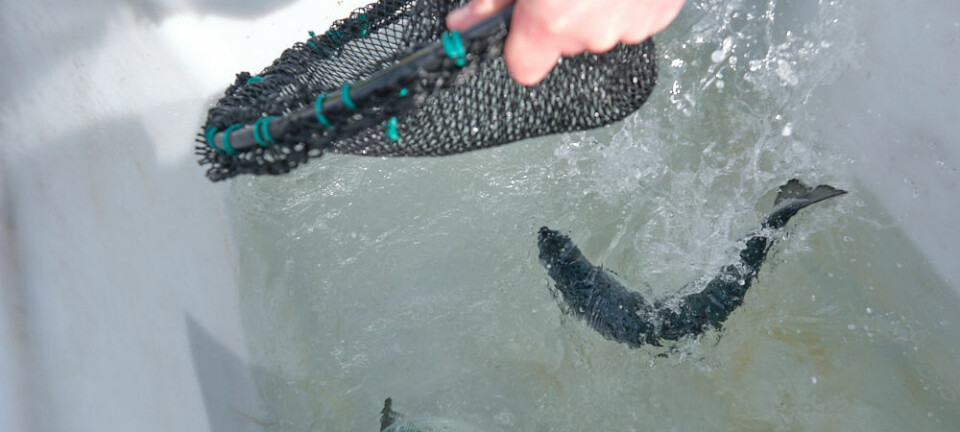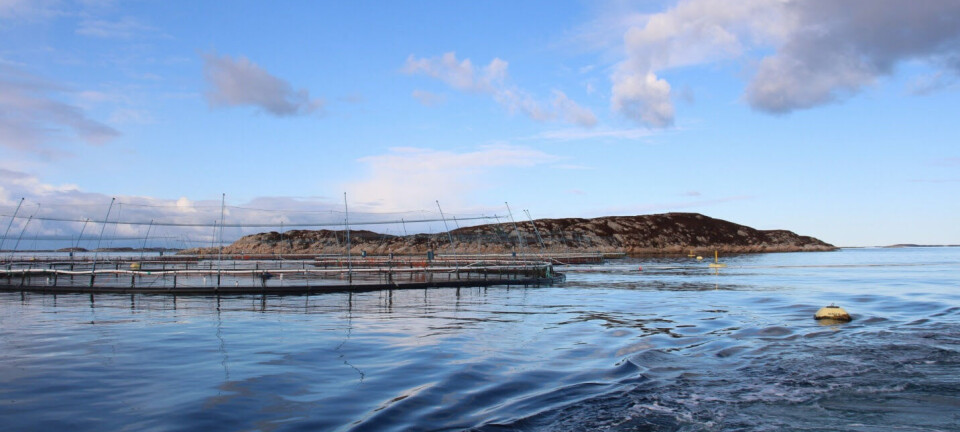
What's all the fuss about sea lice on pink salmon
A few years ago the issues bringing in millions of dollars to the BC-based environmental groups hell-bent on getting rid of those private, for-profit salmon farms operating in public waters along the coast of British Columbia was the use of noisy underwater seal scarers and the contamination of killer whales from antibiotic-resistant bacteria from penned-up salmon. Escaped farm fish was about to replace wild salmon everywhere.
Over the past few years it has been the tantalizing pictures of sea lice pasted onto tiny pink salmon smolts, along with gruesome dscriptions of the damage these bloodsucking parasites have caused to the unsuspecting wild Canadian treasure that has opened the floodgates of American dollars generously donated by rich foundations trying to buy themselves a clean conscience after years of reaping heavy profits in an industrial world.
It has been a hugely successful campaign that has all but removed healthy, fresh, locally produced farmed salmon from most BC restaurant menues. Even the huge BC government's ferry fleet is serving previously frozen "Wild Salmon" most of the year. "Previously frozen" sockeye and coho salmon- often with black spots and gaping flesh- sit right next to fresh, flawless Atlantic salmon at Costco stores, priced some CAD$ 2 or so more per pound.
In a presentation to the Aquaculture Association of Canada's 2009 conference in Nanaimo, BC this week, Dr. Simon Jones from the Canadian Department of Fisheries and Oceans explained some findings that put the whole sea lice debate into a totally different light. Intensive field monitoring has been carried out by the Department in the Broughton Archipelago since 2003, looking at thousands of out-migrating pink and chum salmon smolts. In addition, experiments under controlled conditions have been carried out in government laboratories, looking at the tolerance level of wild salmon juveniles to exposure of sea lice.
While other scientists (e.g Parker et al.) have estimated that in a normal year, some 59-77 per cent of outmigrating pink salmon smolt will die of various causes during the first 40 days following sea water entry, sea lice could not be seen as causing any mortality to pink salmon in the Broughton area last year, and less than 3% mortality in any period since the middle of 2005. Pink salmon smolt have a cunning ability to shed lice, and they are quite tolerant to lice loads that have been shown to cause problems for Atlantic salmon in Europe. Other studies have shown a considerable difference in the genetic make-up of the Pacific version of the "salmon louse" compared to its Atlantic Ocean cousin.























































